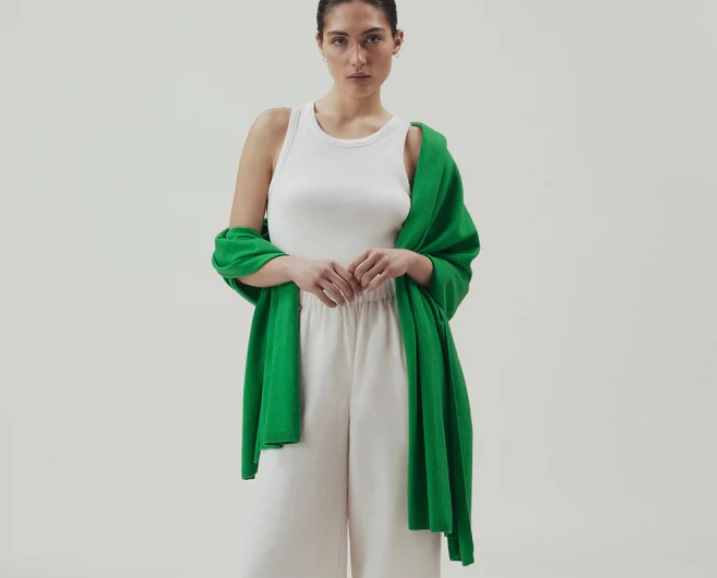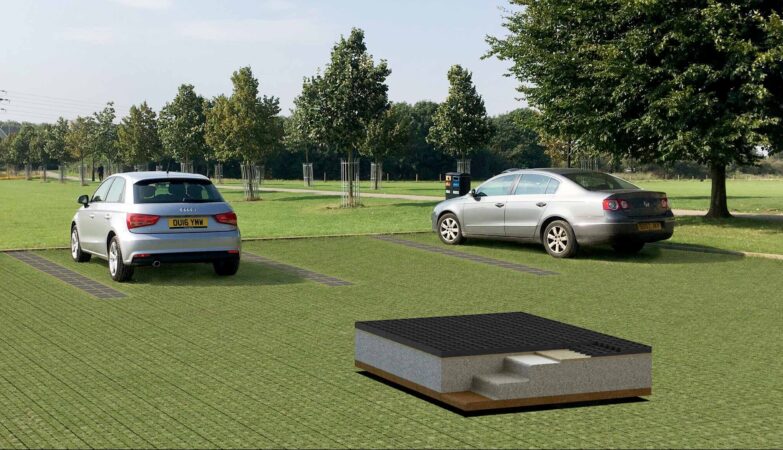Choosing environmentally friendly fabrics can be a big step toward creating a more sustainable wardrobe. Fortunately, there are many choices available.
Synthetic fabrics like polyester and acrylic require a lot of energy, water and chemicals to produce. They also release plastic microfibers when you wash them, which adds to pollution.
Biodegradable
The fashion industry produces enormous waste — the equivalent of a garbage truck of clothes goes to a landfill every second.
This is why it’s important to consider switching to more environmentally friendly fabrics. These can be made from natural fibers or synthetic materials that biodegrade quickly and release fewer microplastics into the environment when worn and washed.
Linen is a popular natural fabric for creating shirts, pants and dresses. It’s made from the flax plant and biodegrades in two weeks to six months.
Another eco-friendly alternative to synthetics is bamboo, a renewable resource grown in closed-loop systems that reuse water and chemicals to break down the pulp. However, bamboo must be treated with many chemicals to soften its fibers, which means it takes a long time to biodegrade and contributes to deforestation.
Synthetic fabrics like nylon also significantly impact the environment by releasing microfibers into waterways when worn and washed. When decomposed, they also emit greenhouse gases such as methane, harming the Earth and our climate.
Recyclable
Recycled fabrics are a great way to reduce your impact on the environment. They can be used for everything from insulation to carpet padding. They can also be turned into new clothing and other items to help reduce the amount of waste going into landfills.
Textile recycling is one of the easiest ways to keep the planet healthy. It helps decrease the amount of harmful waste ending up in landfills.
Sustainable fabrics are made from plant fibers or recycled fabrics repurposed into new clothes and other products. These materials are more durable than traditional fabrics and can withstand wash and wear with minimal damage.
Many eco-conscious brands use recycled fabric to promote sustainability. They do this by ensuring their materials are designed and produced to last for years.
Recycled polyester (rPET) has been shown to significantly reduce the amount of energy, water and chemical use in producing new garments. It can also be recycled multiple times with little or no quality degradation.
Reusable
A reusable fabric can be reused for multiple uses. This is an excellent alternative to disposable products thrown away after a single use.
Reusables also help reduce the amount of paper and plastic waste thrown away each week. Switching from paper towels, napkins, and produce bags to a reusable cloth version will reduce your consumption and save money in the long run.
You can also look for a fabric made from organic, recycled or biodegradable materials. This will help save on energy and water and reduce your environmental impact.
You can even choose fabrics that are regeneratively made with fair trade principles. This will ensure that the people who made the materials are treated fairly and that their lives are better.
Find a fabric you are comfortable with, and the whole family can enjoy it. This way, you will feel more at ease making the switch, and it will be easier to make the button a habit.
Hypoallergenic
In addition to minimizing the risk of skin irritations, hypoallergenic fabrics can also help prevent allergies. For example, if you suffer from seasonal allergies or year-round hay fever, switching to hypoallergenic bedding will help reduce the number of indoor allergens that trigger your symptoms.
For this reason, choosing hypoallergenic bedsheets and pillow covers is essential for anyone with an allergy. These items are the most likely to accumulate allergens from dust mites, dander and mold that can cause itchy noses and runny throats.
Linen, for example, is a natural fiber popular among allergy sufferers. It absorbs up to 20% of moisture before becoming damp and repels static.
Another hypoallergenic fabric is silk, known for its softness and smooth feel against the skin. It doesn’t cling to the skin or contain lanolin, so that it won’t aggravate eczema or psoriasis.
Another popular choice is cotton, which is also naturally antimicrobial and breathable. It’s durable and won’t rot or attract fungi so it will last for years. It can also be washed often without the need for harsh chemicals.
Breathable
Whether you’re in the gym, sweating it out at yoga, or getting your heart rate up on the cardio machine, you want to be comfortable, and you’ll feel more confident in your clothes if they’re breathable. This makes a difference in the quality of your workout and helps you to avoid injuries that can arise from slipping or being uncomfortable.
Breathable fabrics also help keep you cool and dry while exercising. That’s because sweat evaporates, but it can also get trapped in clothing if it isn’t breathable enough.
Some of the best breathable fabrics include cotton, bamboo, linen, and silk. These fabrics have excellent moisture-wicking capabilities that allow your body to absorb and release excess sweat through ventilation naturally.
Many fabrics on the market claim to be breathable, but it’s essential to understand how they’re tested to ensure they can do this. In particular, you should check that lab tests back up the breathability test results.









